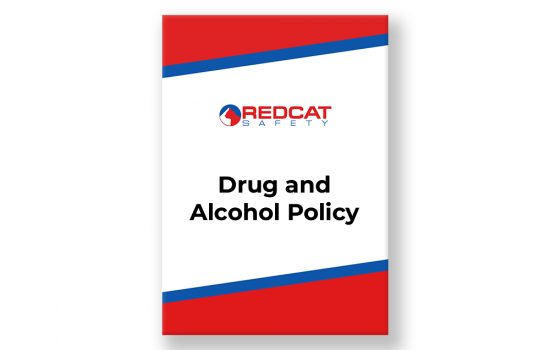Drugs and Alcohol at Work
Most people are aware of the dangers of drug and alcohol use at work, as they can lead to very serious consequences. Drugs and alcohol can impair a person’s ability to do their job. They can make you less alert and make it more difficult to concentrate. This can lead to mistakes, accidents, injuries and even death. They can also contribute to absenteeism, low productivity, and poor work quality and in some cases drugs or alcohol can lead to workplace violence.
Note: a drug is a medicine or other substance that has a physiological effect when ingested or is otherwise introduced into the body.
Signs that a Person May be Impaired by Alcohol or Drugs
The following indicators may assist in identifying employees who are potentially impaired by alcohol or drugs:
- Bloodshot eyes.
- Slurred or agitated speech.
- Decrease in job performance.
- Incident or injuries.
- Hiding use, lying and covering up.
- Depression.
- Complaints from co-workers.
- Reports of intoxication at work.
- Possession of drug paraphernalia.
- Raised pulse and blood pressure.
- Physical and cognitive impairment.
- Lethargy and unrest.
- Nausea and bloodshot eyes.
- Frequently absent from work for no justifiable reason.
- Difficulty in paying attention and forgetfulness.
What is Drug and Alcohol Policy?
A drug and alcohol policy is a set of rules and procedures that an employer creates to help employees understand the expectations and consequences of substance abuse and alcohol use in the workplace. Employers need to have a drug and alcohol policy in place to help prevent workplace accidents and injuries and to protect their business from potential liability.
How to Write A Drug and Alcohol Policy?
There are a few key elements that should be encompassed in a drug and alcohol policy, these elements include:
- Providing a clear definition of what is considered to be drug abuse and alcohol abuse, relative to employment conditions.
- Well defined rules of what will not be tolerated, so it is easy for employees to follow.
- The disciplinary action that will be taken if the policy is violated by abuse problems.
How to Implement a Drug and Alcohol Policy
As mentioned above, the inappropriate use of drugs or alcohol at the workplace endangers the health and safety of employees, adversely affects job performance, and interferes with the company’s ability to conduct business. To that end, a company should implement a drug and alcohol policy. The policy may include the following type of rules and conditions, which must be observed by employees.
- No alcohol or unlawful drug should be kept at the workplace.
- The operation of any vehicle, heavy plant or equipment when affected by drugs or alcohol must be prohibited.
- Personnel who have been prescribed medication should establish, via their medical practitioner, whether the drugs will affect their performance or concentration.
- Personnel who take non-prescribed medication that may affect their performance or concentration should inform management before work.
- The possession, consumption, sale or distribution of unlawful or non-medicinal drugs should be prohibited.
- A clear statement saying that contravention of the policy may lead to termination of employment.
Why Choose to Buy this Drug and Alcohol Policy Template
This 1-page drug and alcohol policy can assist you ensure that personnel are performing their duties unimpaired by drugs or alcohol whilst acting in the course of their employment.
After purchasing this template you will be able to:
- Very easily edit and customize the template to create your own drug and alcohol policy.
- Apply your own style, format and brand to the policy.
- Use it in any industry or sector regardless of size or type of organization.
Availability and Use of this Drug and Alcohol Policy
- This drug and alcohol policy template is accessible to you right now by clicking the ‘Buy Now’ button.
- The policy will be delivered to you in fully editable Microsoft Word format for immediate and full use in your business.
- There are no subscriptions, contracts or ongoing costs.


